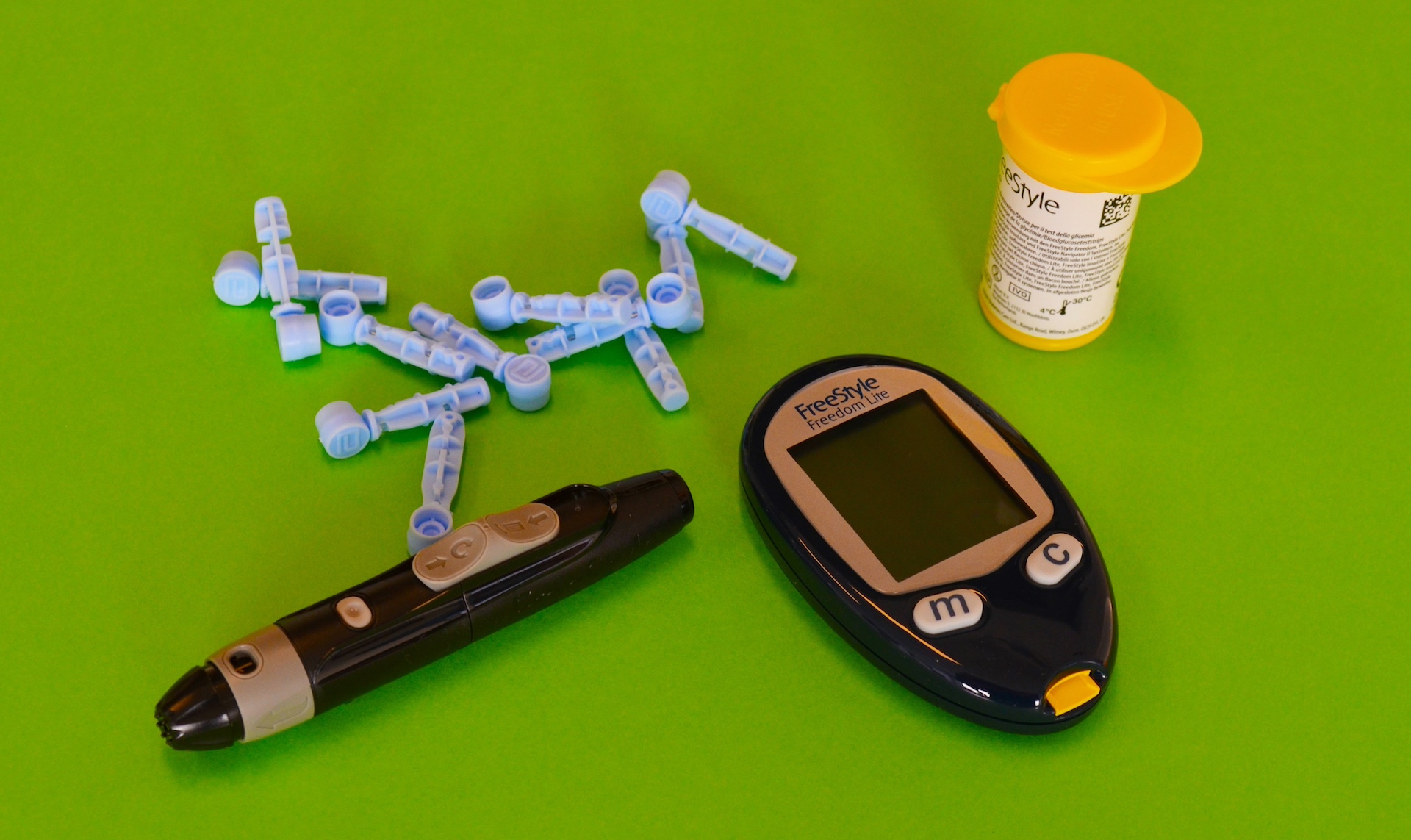How an Appendectomy Can Lead to Hernia Formation?
How an Appendectomy Can Lead to Hernia Formation?
An appendectomy, though a routine and commonly performed surgical procedure, is not without its risks. Among these, hernia development is a potential complication that can arise post-surgery. This article explores how appendectomy can contribute to hernia formation, the types of hernias that may develop, and risk factors involved. At Chellaram Diabetes & Multispecialty Hospital, Pune, we aim to empower patients with knowledge while offering world-class surgical care and recovery support.
What Is an Appendectomy?
An appendectomy is the surgical removal of the appendix, often performed as an emergency procedure to address appendicitis, a condition where the appendix becomes inflamed and infected. The procedure can be performed as an open surgery (a larger incision in the abdomen) or laparoscopically (using smaller incisions and a camera). While highly effective in treating appendicitis, the incision and subsequent healing process can introduce complications, including the development of a hernia.
What Causes Hernia Formation After an Appendectomy?
Hernias occur when an organ or tissue pushes through a weak spot in the surrounding muscle or connective tissue. After an appendectomy, certain factors related to the surgical procedure and healing process can increase the likelihood of hernia formation. These include:
1. Weakening of the Abdominal Wall
The surgical incision made during an appendectomy interrupts the continuity of the abdominal muscles and connective tissue (fascia). If the site does not heal properly or if the muscles and fascia are not securely joined, this weakened area can become vulnerable to hernia development.
2. Stress on the Healing Incision
Activities that increase intra-abdominal pressure—such as heavy lifting, chronic coughing, or straining during bowel movements—can place undue stress on the surgical site. If the abdominal wall cannot withstand this pressure, tissue or internal organs may bulge through the weakened spot, forming a hernia.
3. Nerve and Muscle Injury
Certain surgical techniques, particularly in open appendectomy, may inadvertently damage nerves like the ilioinguinal or iliohypogastric nerves. These nerves play a critical role in the strength and functionality of abdominal muscles. When they are injured, the muscles may weaken, increasing the risk of specific hernia types, such as inguinal hernias.
At Chellaram Hospital Pune, our experienced surgeons adopt meticulous techniques that minimise tissue damage and reduce the risk of complications such as hernia formation.
Types of Hernias That May Develop After an Appendectomy
Post-appendectomy hernias can vary in type and severity. Two common types include:
1. Incisional Hernia
Incisional hernias develop at or near the site of the surgical incision. They occur when the incision does not close fully or when the tissues fail to heal properly. These hernias are more common following open appendectomy, as the larger incision creates a bigger challenge for healing. Incisional hernias can appear months or even years after surgery and may present as small bulges or larger protrusions.
2. Inguinal Hernia
Studies suggest that patients undergoing appendectomy may face a higher incidence of right-sided inguinal hernias than the general population. This could be due to nerve or muscle injury during the procedure. An inguinal hernia occurs in the groin area and may result in discomfort, visible bulges, and complications such as obstruction or strangulation of the intestines.
Both types of hernias require medical evaluation and may necessitate surgical intervention, depending on their size, symptoms, and risk of complications.
Risk Factors That Increase the Likelihood of a Hernia Post-Appendectomy
Not everyone who undergoes an appendectomy will develop a hernia. However, certain factors can elevate the risk. These include:
1. Surgical Factors
Type of Incision: Midline incisions, sometimes used in open appendectomy, carry a higher risk of hernia compared to smaller or laparoscopic incisions.
Suturing Technique: Improper closure of the surgical site can weaken the abdominal wall, leaving it more susceptible to hernia. At Chellaram Diabetes & Multispecialty Hospital, Pune, we prioritise precision and advanced techniques to ensure strong and secure suturing.
2. Postoperative Wound Healing
Wound Infection: Any infection at the surgical site can compromise healing and weaken the tissue, increasing the risk of hernia formation.
Poor Healing Conditions: Factors such as poor nutrition or the use of certain medications (e.g., corticosteroids) can hinder wound healing, leaving the site vulnerable.
3. Lifestyle Factors
Patients who engage in strenuous activities too soon after surgery or who experience chronic coughing, constipation, or heavy lifting may inadvertently increase intra-abdominal pressure, putting stress on the surgical site.
4. Underlying Medical Conditions
Certain health conditions can impair the body's ability to heal efficiently. These include:
Diabetes
Connective tissue disorders
Obesity
Chronic respiratory illnesses
Our team at Chellaram Diabetes & Multispecialty Hospital, Pune takes a holistic approach to patient care, managing these underlying factors to improve recovery outcomes and minimise complications.
Preventing Hernia After an Appendectomy
While not all cases of hernia post-appendectomy are avoidable, several strategies can reduce the likelihood of development:
1. Adopt Minimally Invasive Techniques
Laparoscopic surgery is associated with smaller incisions, less tissue disruption, and a reduced risk of hernia. At Chellaram Diabetes & Multispecialty Hospital, Pune, our state-of-the-art facilities enable us to perform minimally invasive procedures whenever suitable.
2. Promote Healthy Healing
Follow your doctor’s instructions regarding rest, medication, and wound care.
Avoid activities that increase intra-abdominal pressure during your recovery period.
3. Manage Underlying Health Conditions
Conditions like diabetes or obesity should be managed before and after surgery to enhance the body’s healing capacity. At Chellaram Diabetes & Multispecialty Hospital, our Hernia specialists in Pune provide comprehensive care for such chronic conditions.
4. Detect Early Signs of Hernia
Be aware of symptoms such as bulges near the incision site, pain, or discomfort, especially during activities like lifting or coughing. Early detection can lead to more effective treatment.
Treatment Options for Post-Appendectomy Hernias
If a hernia does develop, treatment options depend on the type and severity of the condition:
1. Watchful Waiting
For small, asymptomatic hernias, careful monitoring may be sufficient under medical supervision.
2. Surgical Repair
For larger hernias or those causing symptoms, surgical options include:
Open Hernia Repair: A larger incision is made to reposition the tissue and reinforce the abdominal wall with sutures or mesh.
Laparoscopic Hernia Repair: A minimally invasive approach that uses smaller incisions and often results in shorter recovery times.
Our skilled surgical team at Chellaram Diabetes & Multispecialty Hospital, Pune evaluates each patient's condition to recommend the most effective and least invasive treatment option.
Why Choose Chellaram Diabetes & Multispecialty Hospital, Pune?
At Chellaram Diabetes & Multispecialty Hospital, Pune, patient care is our top priority. Our multidisciplinary team of surgeons and specialists ensures that each patient receives personalised treatment tailored to their needs. Using advanced surgical techniques, cutting-edge equipment, and a strong emphasis on patient education, we aim to minimise complications and promote optimal recovery.
If you or someone you know is considering an appendectomy or experiencing symptoms of a hernia after surgery, reach out to our expert team today. We are committed to delivering the highest standard of care with compassion and precision.
Conclusion
While hernia formation is a potential complication of appendectomy, understanding the causes, risk factors, and preventive strategies can significantly improve recovery outcomes. With the expertise of Chellaram Diabetes & Multispecialty Hospital, Pune, patients can rest assured that they are in capable hands, receiving exceptional care every step of the way. Stay informed, priorities postoperative care, and take the steps needed to safeguard your health after surgery.
Related Blogs
Expertise you can trust: Meet our esteemed doctors who bring exceptional knowledge, compassion, and innovation to provide top-notch care for your health and well-being.










